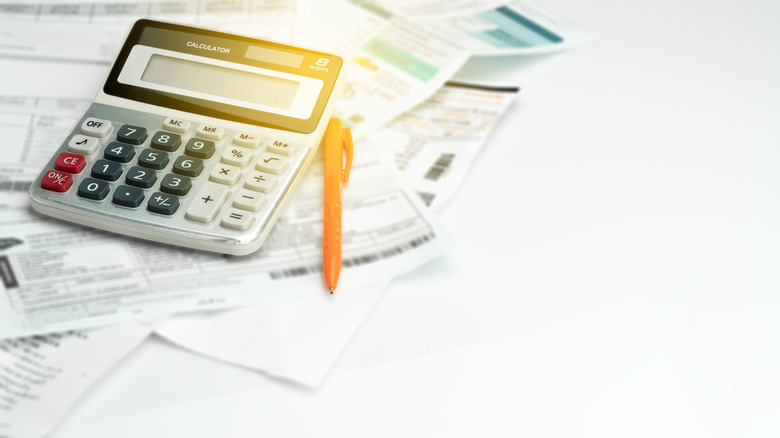How Do You Find Out A Percent Of A Number?
How to find the percent of a number is a vital everyday skill because percentages give people a sense of scale or proportion. Although in theory a percentage can assume any numerical value, in practice, most of them fall between 0 and 100 (or 0 and −100). Using the percentage formula allows you to gain a sense of, for example, how "tilted" a survey or poll result might be in favor of one side.
In some situations, percents can exceed 100, such as price increases or decreases. But it is impossible to amass more than 100 percent of a finite (non-abstract) group or quantity. If this seems vague, read on; The odds you'll get this stuff in virtually no time are close to 100 per... well, they're high!
How to Calculate Percentage of a Number
How to Calculate Percentage of a Number
"Per cent" comes from the Latin per centum — "for every 100." One hundred is a convenient number because of the "base 10" system used in standard math, with 10 digits 0 through 10 and a "rolling over" to the next "tens place" with each passing of 10 "ones digits," to the next hundreds place with each passing of 10 "tens places," and so on.
To calculate the percentage of a number Y that X represents, just divide X by Y and multiply the result by 100. You may have to round off to a certain number of decimal places to arrive at a submittable solution; this is often specified in problems involving percentages that you are asked to solve.
The advantage of using percentages is that in some settings, but by no means all, the total of all of the expressed percentages in a problem has to be 100.0, not accounting for small rounding errors. For example, if you hear that 68 percent of the Canadian population has been to at least one Justin Bieber concert, then you know by an immediate process of elimination that 32 percent of the same population has not seen Bieber perform, since 68 + 32 = 100.
The percent symbol **%** is used in certain situations but avoided in others; details below.
Using the Percentage Formula
Using the Percentage Formula
To find the percent increase or decrease of a number, use the following percentage formula:
**100[(Vf − Vi)/Vi]**
Where Vf and Vi are the final and initial values.
How to find the percent of something is often a matter of keeping your starting and ending points straight. It is easy to be confused when dealing with certain numbers. For example, if the price of a dress increases from $90 to $100, you might reflexively see this as a 10 percent increase. But the real answer is (100 − 90)/90 = 0.11111 = 11.11 percent.
Everyday Uses of Percents
Everyday Uses of Percents
You see percents prominently displayed in opinion polls, in stores advertising discounts on products, and in weather reports giving the expected chance of rain.
- Financial institutions charge interest on loans or interest paid for money clients invest, as a percent.
- Companies describe their successes or failures in terms of percent increases or decreases in profit levels.
- A salesperson can earn commissions as payment for selling goods, such as expensive paintings, when a "mere" 2 percent commission can be in the hundreds of dollars.
"Percent," "Per Cent" and "Percentage"
"Percent," "Per Cent" and "Percentage"
You should use the percent symbol **%** in scientific and technical papers, but should stick to "percent" otherwise. A properly edited mainstream media article is unlikely to see "**%**" used in text, though it may appear in tables.
"Percentage" is used loosely in the same way as "percent" and colloquially to refer to nonspecific amounts. If 56 percent of readers of this article bookmark it and 44 do not, a higher percentage of this article's readers bookmarked the piece than didn't. The same would be true if the figures were 50.1 percent and 49.9 percent, or 99.9 percent and 0.1 percent.
- "Per cent" is antiquated and has been largely replaced in everyday language by the single word "percent."
Cite This Article
MLA
Beck, Kevin. "How Do You Find Out A Percent Of A Number?" sciencing.com, https://www.sciencing.com/do-out-percent-number-5402624/. 10 February 2020.
APA
Beck, Kevin. (2020, February 10). How Do You Find Out A Percent Of A Number?. sciencing.com. Retrieved from https://www.sciencing.com/do-out-percent-number-5402624/
Chicago
Beck, Kevin. How Do You Find Out A Percent Of A Number? last modified March 24, 2022. https://www.sciencing.com/do-out-percent-number-5402624/
